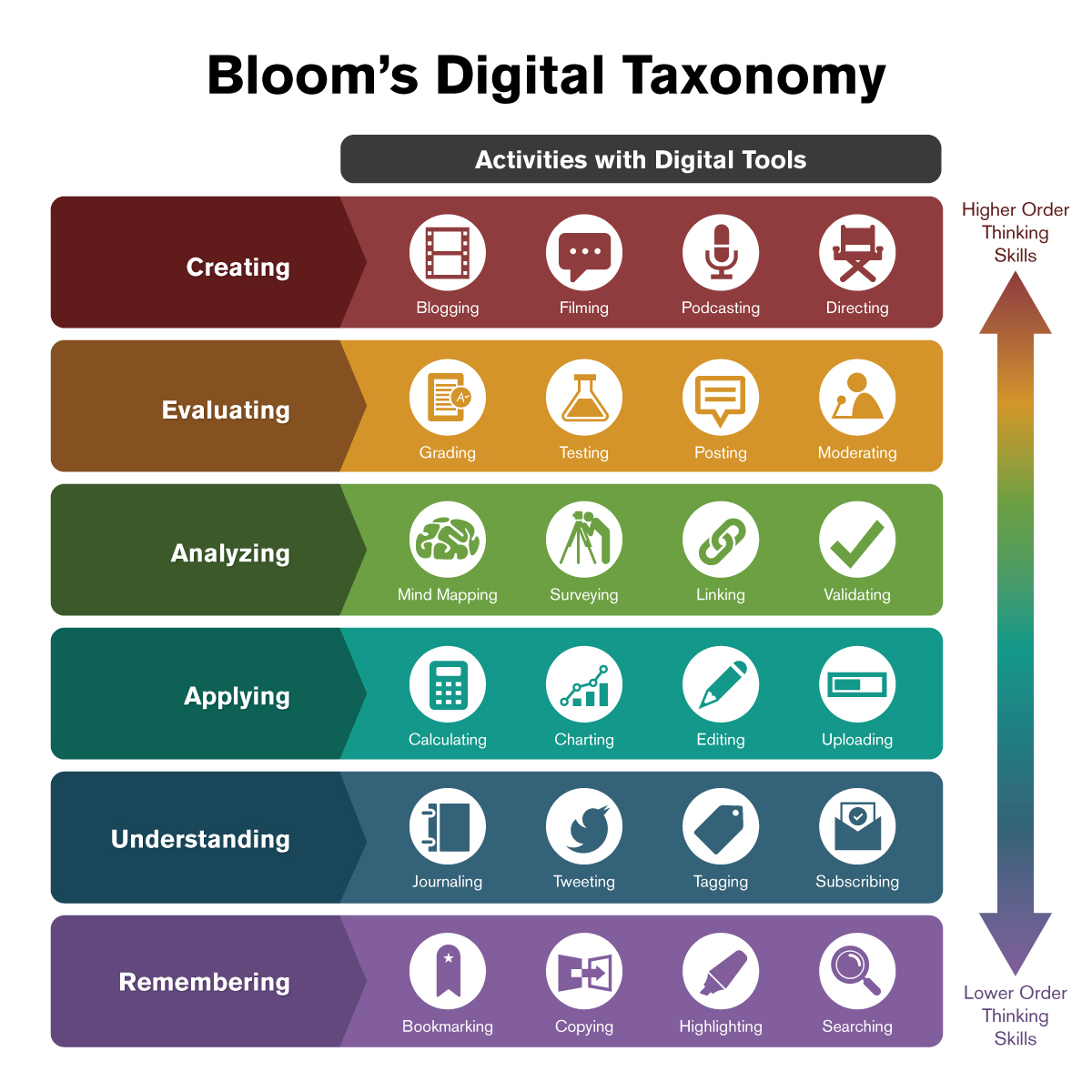My hope is that the course readings and activities are starting to forge a bigger picture in your mind around learning design. We began by looking at learning theory as, whether you identify it or not, these often have an impact on the way you design for learning as an educator. We then looked at the theoretical underpinnings of learning design, how to leverage community and recognize power structures and encourage collaboration using the lens of activity theory (this just one of the models presented in these readings). Next we explored learning design models that may be helpful in guiding or examining the practice of learning design. I hope you had a chance to think through the models such as constructive alignment, TPACK, SAMR, and the sections models and consider how they may provide a heuristic for design using technology. We are now starting to look more specifically at teaching and learning activities and educational materials as part of learning design. Week six brings us to the topic of assessment. I am hopeful that these readings, resources, and activities and the conversations that followed will help support the development of your major Learning Activity Design Final Project.

Photo by Giulia Forsythe licensed in the Public Domain with small modification
Here is a slide deck to accompany this weeks’ reading on teachers as content creators that you might find useful.
Resources to Review for Week Six
There are heaps of resources linked in the slide desk above for you to review. In particular, I hope you will be with comfortable with how fair dealing can help your practice, see the documents Fair Dealing Guidelines, Copyright: Key Questions & Answers for Teachers, and Fair Dealing Decision Tool. Also, please recognize the role of open educational resources (OER) in supporting your practice, beyond what fair dealing allows. Resources such as OER Commons, MERLOT, and the C-12 Foundation can be useful resources for inspiration, remix, or reuse. Please post any questions, additional resources, or reflections to Mattermost.
Also worth your review are two BC curriculum databases available online, Open School BC and ShareEdBC. I would be interested in your thoughts on these.
I have one resource packed reading for this week. The reading provides a Typology of Free Web-based Learning Technologies (2020) including a list of 226 technologies arranged into 40 types and 15 clusters that can be used via a browser to promote creative and interactive learning. Note that, I do not expect you to try or explore all of these resources. This paper provides a good reference point when seeking out potential assessment tools. Be mindful of student data privacy and gaining consent for data exchange when considering any of these tools.
You will need to enter the password provided in the syllabus to access this reading. The resources for week six can be found by clicking this link.
Please add at least one annotation to the text, but don’t hold back if you want to add more! Each week, I appreciate you completing the annotations by the Monday before our next class.
Resources to Bring to Week Six
Next week, I would like to hear about your best approaches to designing opportunities for learners to demonstrate their learning. Bring a description of an assessment you do or would like to do with your learners. You may find the Bloom’s Digital Taxonomy useful in this regard, specifically in thinking through the types of activities you do or would like to do with learners.

Image embedded from: https://teachonline.asu.edu/2016/05/integrating-technology-blooms-taxonomy/
If you have questions, reach out to me on Mattermost. Have a great week 🙂



Leave a Reply